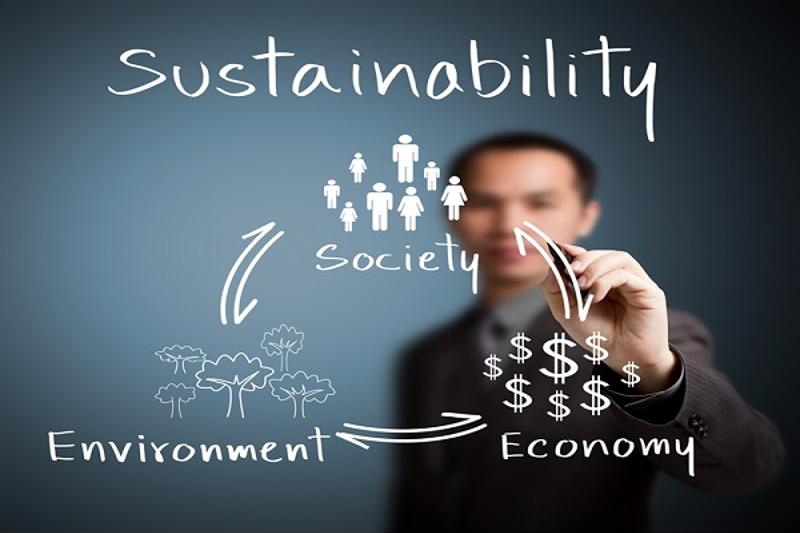As a business owner, the sun rises and sets on the customer. If the people you are selling to aren't satisfied with a specific product or service, they'll let you know as much with a drop off in demand.
But demand can't be determined without supply, which requires putting the pieces and planning in place to assure the wheels on the supply chain management train are properly lubricated. Here are a few keys to building or bettering a supply chain strategy:
1. Align strategy with your business's main objective
Perhaps the most important element to crafting a sound supply chain strategy is knowing what it is you want to achieve in big-picture terms. Once this aim is defined, the next step is aligning your supply chain so they work in tandem.
For example, in an effort to better differentiate your business from the competition by producing goods faster, you could partner with a third-party, which may be in a better position to install a particular component for a device or consumer product.
Speed may go by the wayside, however, if that third-party's supply chain is out of alignment with
yours. In order to fill this gap, you may want to hire a supply chain manager, which more companies are doing these days. A supply chain manager performs many functions, but above all, their job is ensuring every piece along the supply chain harmonizes with the company's main objective(s).
2. Find the right 3PL
Otherwise known as third-party logistics providers, 3PLs can help you build a sharper supply chain. From standard 3PLs that specialize in distribution and warehousing to the service developers that prioritize value-added functionalities like tracking and tracing, 3PLs bring solutions to known or soon-to-be problems.
As noted by Supply & Demand Chain Executive, deciding which 3PL is the right one depends on your company's principal goals. Ideally, select the one that "proactively comes up with new and creative ways to save you money and improve productivity." If there's one area of development or management your weak in, such as compliance or risk assessment, your 3PL may be able to make up the difference.

There's a reason why assembly lines are used as often as they are: They work. The people, processes and parts within them enhance production and overall output through repetition and reliability. But speed should not come at the sacrifice of the environment.
More Americans are changing their habits by using less plastic and relying on alternative sources of energy. Businesses that introduce sustainability into their supply chains can benefit from strategic advantages, especially when they're advertised to a public that supports companies that prioritize the planet. These may include stronger sales, production efficiency or a greater ability to recruit high-skilled workers. According to a recent poll conducted by Gallup, nearly two-thirds of respondents say the environment's health is more important than the health of the nation's economy.
These strategies can give your company the visibility and daylight it needs to stay strong when the pressure from your competition rises.



Post A Comment:
0 comments so far,add yours